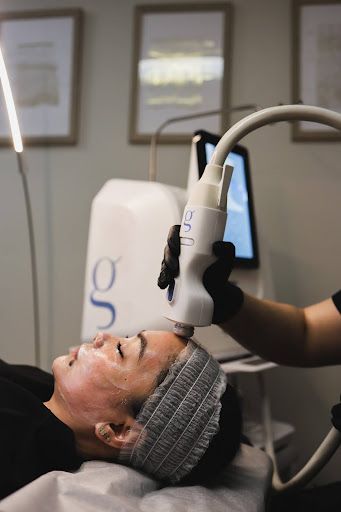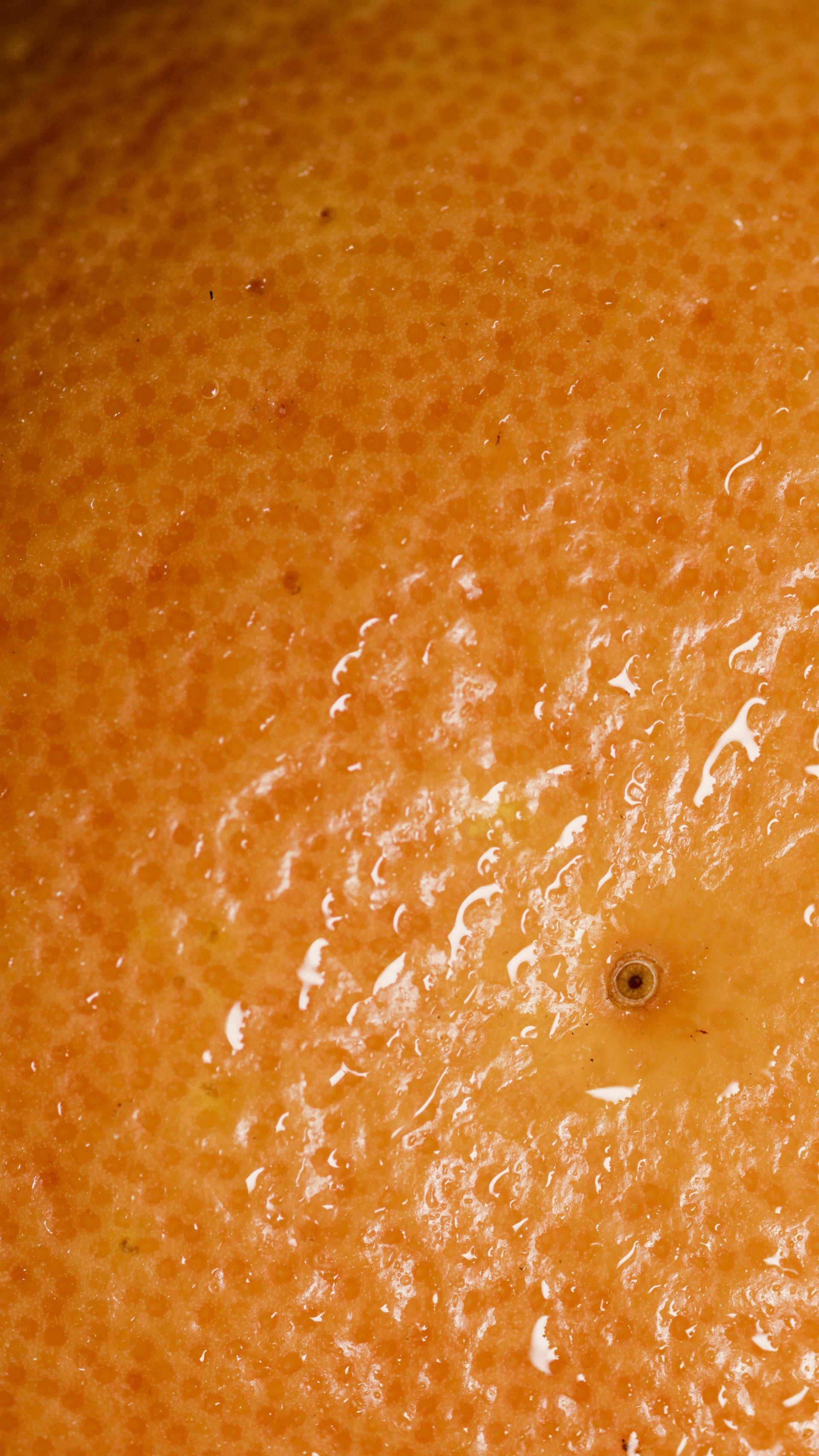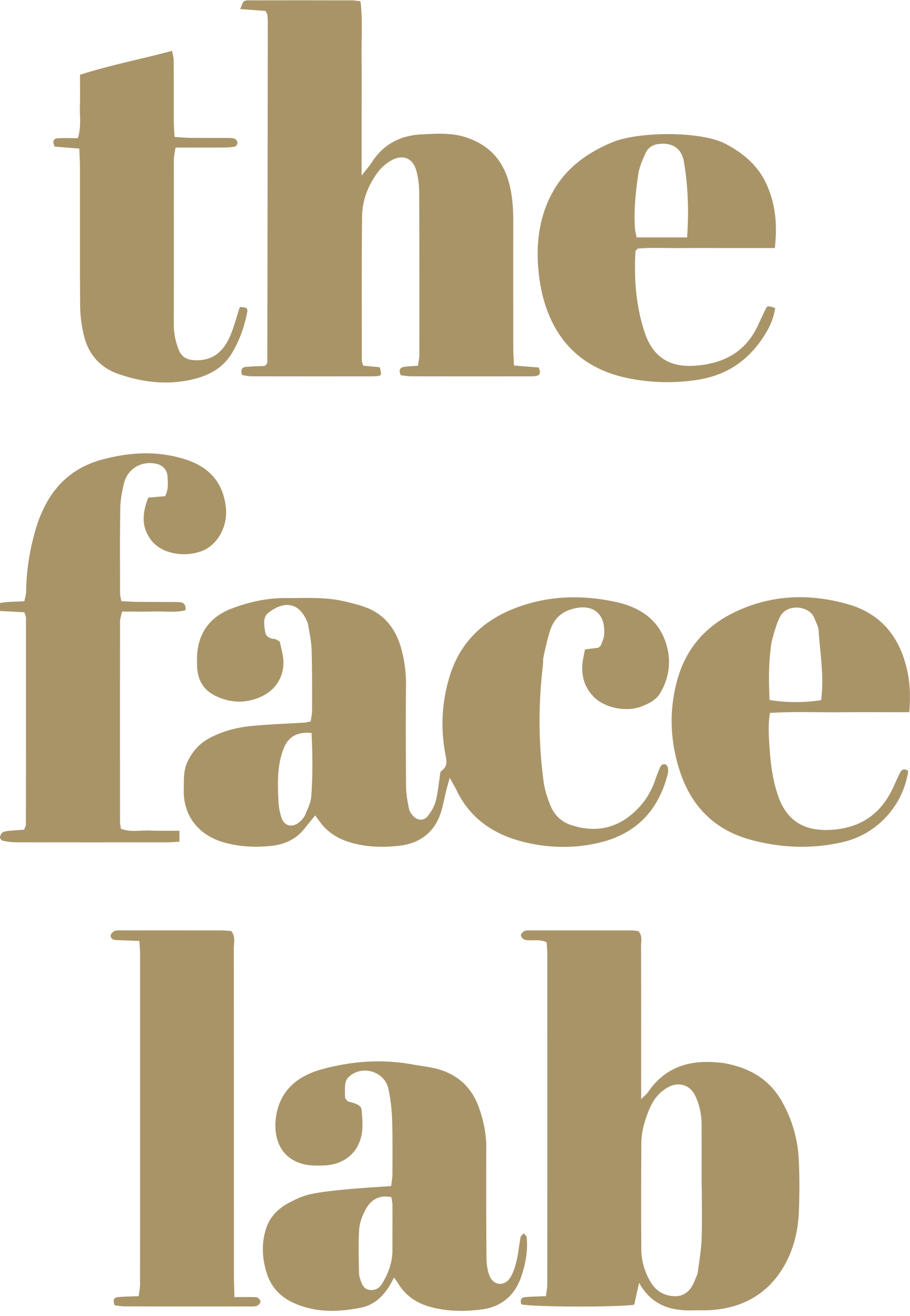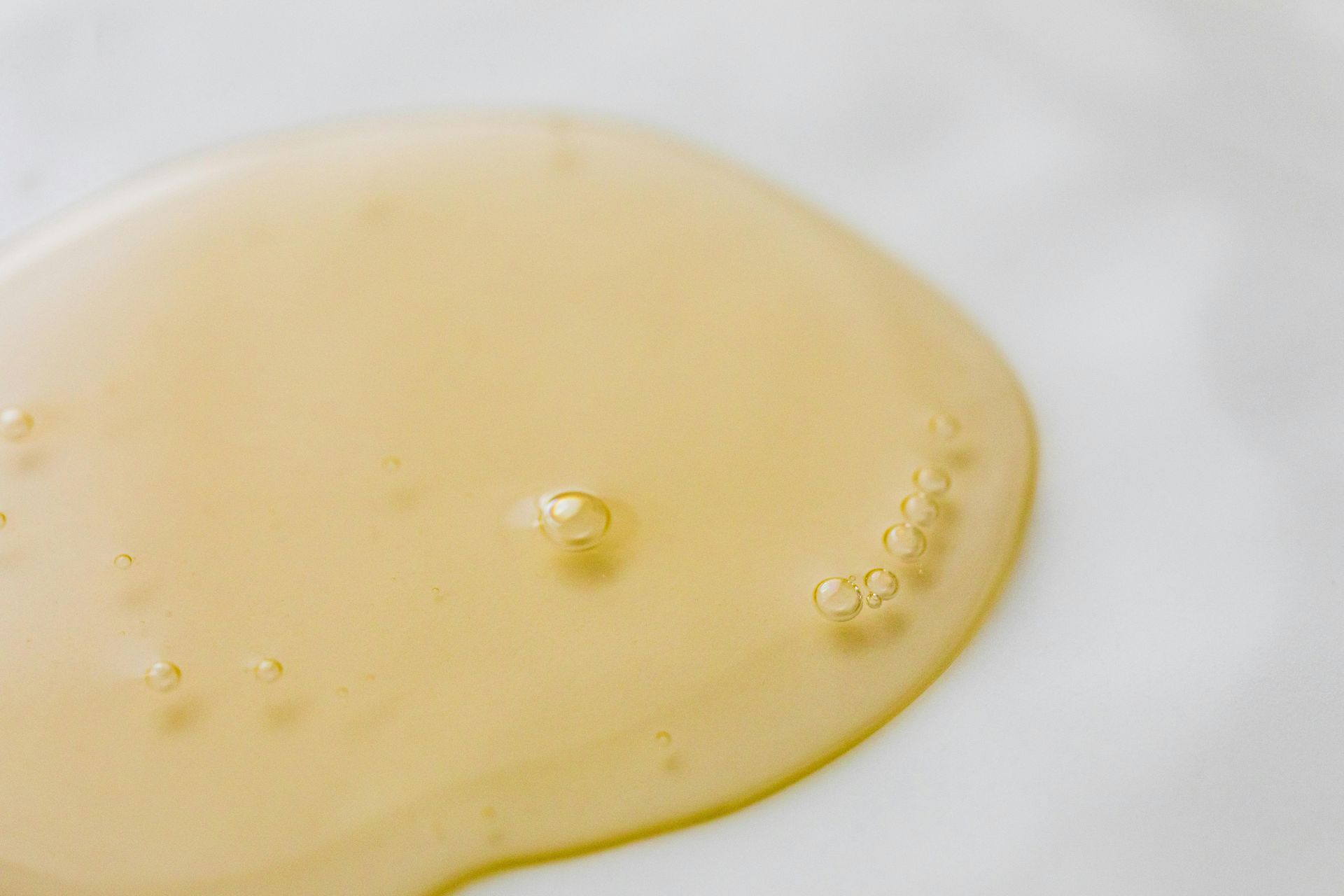Unraveling the Science Lab Secrets: How Botulinum Toxin Works to Relax Muscles
Introduction
Welcome to our science lab, where we delve into the fascinating world of botulinum toxin, better known as Botox/Dysport/Nucieva/Xeomin (brand names!), and explore how this wonder molecule works its magic to relax muscles. Let’s take a journey into the science behind Botox injections and understand the mechanisms that allow it to smooth out wrinkles, alleviate medical conditions, and more. Be prepared - we are getting really scientific here ;)
The Basics of Botulinum Toxin
Botulinum toxin, produced by the bacterium Clostridium botulinum, is a neurotoxin that has found a wide range of medical and cosmetic applications. It primarily works by blocking the release of acetylcholine, a neurotransmitter responsible for muscle contraction. Let's break down the process step by step.
The Role of Acetylcholine
Muscle contraction is a result of signals sent from nerves to muscles, instructing them to contract. Acetylcholine is the key player in this process. It's released from nerve endings and binds to receptors on muscle cells, triggering muscle contractions. But what happens when you want to reduce muscle activity, as in the case of Botox?
How Botox Steps In
Botox interferes with the release of acetylcholine. The neurotoxin targets the nerve endings and prevents them from releasing acetylcholine into the synaptic cleft – the gap between the nerve and muscle. When acetylcholine is blocked, the signal to contract the muscle is disrupted, resulting in muscle relaxation.
Cosmetic Applications of Botox
Botox's ability to relax muscles has made it a superstar in the field of cosmetic dermatology. By selectively injecting Botox into specific facial muscles, fine lines and wrinkles can be diminished. The effects are temporary, typically lasting for several months, after which the nerve endings recover and resume their normal function.
Medical Uses of Botulinum Toxin
Beyond the world of aesthetics, Botox has a wide range of medical applications. It's used to treat conditions such as:
- Muscle Spasms: Botox can effectively treat muscle spasms, such as blepharospasm (involuntary eyelid spasms) and cervical dystonia (neck muscle contractions).
- Migraines: Some people with chronic migraines find relief through Botox injections, which can reduce the frequency and intensity of headaches.
- Hyperhidrosis: Botox can be used to manage excessive sweating (hyperhidrosis) by blocking the signals that trigger overactive sweat glands.
- Overactive Bladder: In cases of overactive bladder, Botox injections can help relax the bladder muscles, reducing urinary urgency.
Safety and Side Effects
Botox injections are generally considered safe when administered by qualified medical professionals. However, like any medical procedure, there can be side effects, including temporary muscle weakness, pain at the injection site, or flu-like symptoms. It's crucial to discuss potential risks with your healthcare provider before undergoing treatment.
Conclusion
In our science lab exploration of botulinum toxin, we've learned how Botox works to relax muscles. Whether for cosmetic enhancement or medical relief, Botox's ability to temporarily paralyze muscle activity has made it a valuable tool in the world of medicine and aesthetics. If you're considering Botox treatment, always consult a qualified medical professional to ensure a safe and effective experience. Stay tuned for more fascinating science lab insights in the future!










